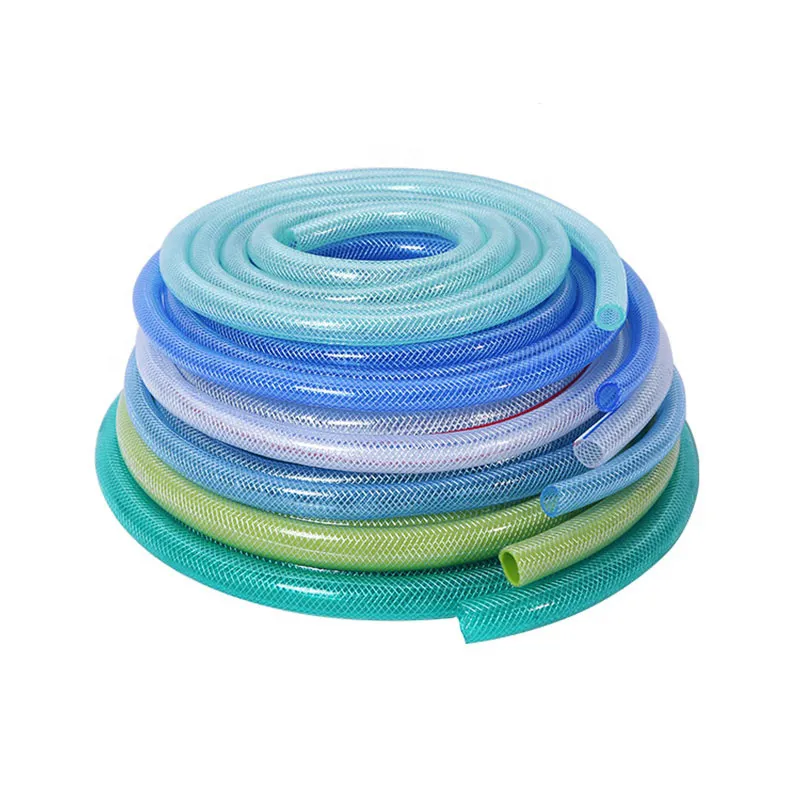Comparing PVC Rubber and Polyurethane for Air Hose Durability and Performance
PVC vs Rubber vs Polyurethane Air Hoses A Comparative Analysis
When it comes to choosing the right air hose for your needs, the material from which it is made plays a crucial role. The three most common types of air hoses are PVC (polyvinyl chloride), rubber, and polyurethane. Each of these materials has its own unique properties, advantages, and disadvantages that can affect performance, durability, and ease of use. In this article, we will explore the key differences between PVC, rubber, and polyurethane air hoses to help you make an informed decision.
PVC Air Hoses
PVC air hoses are widely recognized for their affordability and versatility. They are lightweight, making them easy to handle and transport. PVC hoses are also resistant to abrasion and have decent chemical resistance, which can be advantageous in various environments. These hoses are typically available in a range of colors and sizes, making them suitable for different applications, from DIY projects to industrial use.
However, PVC hoses do have some downsides. One major drawback is their rigidity, which can make them prone to kinking, especially in colder temperatures. Additionally, PVC hoses may not be as durable as rubber or polyurethane hoses when it comes to extreme weather conditions and prolonged exposure to UV rays. While they are suitable for general use, they might not be the best choice for heavy-duty applications.
Rubber Air Hoses
Rubber air hoses are celebrated for their durability and flexibility. They can withstand higher temperatures and are resistant to ozone and UV exposure, making them ideal for outdoor use and more demanding environments. The flexibility of rubber hoses allows them to coil easily without kinking, providing a level of convenience that is often appreciated by users.
Furthermore, rubber air hoses typically have a higher burst pressure compared to PVC hoses, making them suitable for heavy-duty applications. This makes them a preferred choice for professionals in construction, automotive repair, and other demanding fields.
pvc vs rubber vs polyurethane air hose

Nonetheless, rubber hoses come with a few downsides, primarily their weight. They are generally heavier than PVC and polyurethane hoses, which can be a concern when maneuverability is essential. Additionally, they often come at a higher price point, which may deter budget-conscious buyers.
Polyurethane Air Hoses
Polyurethane air hoses represent a relatively newer technology that combines the best features of both PVC and rubber. These hoses are known for their exceptional flexibility, lightweight nature, and resistance to abrasion and punctures. They can withstand low and high temperatures, making them suitable for use in various weather conditions. Moreover, polyurethane hoses are kink-resistant, allowing for easier handling and preventing interruptions in airflow.
One of the standout characteristics of polyurethane hoses is their chemical resistance, making them ideal for applications involving solvents and harsh chemicals. Furthermore, these hoses tend to have better memory retention, meaning they can revert to their original shape after being coiled, reducing wear over time.
However, polyurethane air hoses can be more expensive compared to PVC and sometimes even rubber hoses. While they offer great performance, the higher initial investment might be a consideration for some users.
Conclusion
Choosing the right air hose depends on your specific needs and application requirements. If you are looking for an economical and versatile option for light to moderate usage, PVC air hoses can serve you well. For heavy-duty applications requiring durability and weather resistance, rubber air hoses prove to be a better investment. Finally, if you seek a lightweight, flexible option with excellent durability, polyurethane air hoses may be your best bet.
Consider the environment in which you will be using the air hose, the level of flexibility you need, and your budget to make an informed choice. Ultimately, the right air hose will enhance your efficiency, protect your equipment, and ensure that you get the job done smoothly.
-
Top Quality Oxy Acetylene Hoses for Sale Fit for Welding DemandsNewsJul.28,2025
-
The Future of Pneumatic Air Tubes in IndustryNewsJul.28,2025
-
Superior and Reliable LPG Hose Pipe Solutions for Every NeedNewsJul.28,2025
-
Exceptionally Durable and Versatile Premium Braided PVC TubingNewsJul.28,2025
-
Best Adapters for Connecting Garden Hose to PVC Pipe ConnectionsNewsJul.28,2025
-
The Essential Role of LPG Hoses in Safe and Efficient Gas DistributionNewsJul.16,2025














